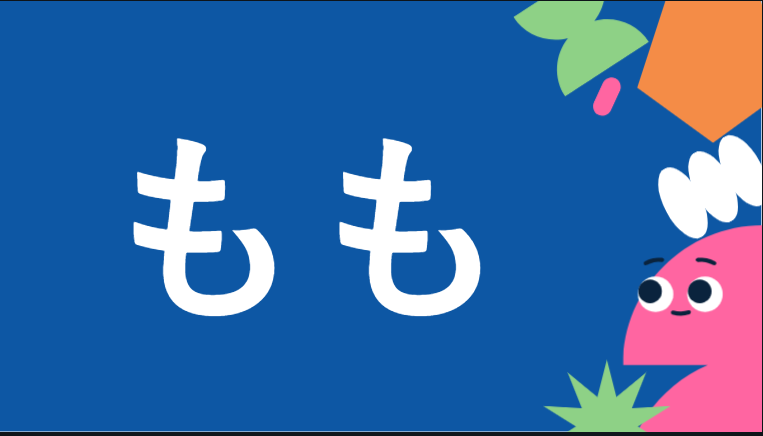The word “もも” (Momo) in Japanese means “peach.” This soft and juicy fruit is loved all over Japan for its sweet taste, beautiful color, and health benefits. But Momo is more than just a fruit — it is also a symbol in Japanese culture, appearing in traditional stories, art, and even names. In this article, we will explore everything about Momo — from its history to its cultural meaning, types, uses, and health value.
2. The Origin and History of Momo in Japan
Peaches were first brought to Japan from China over 2,000 years ago. In ancient China, peaches were believed to be the fruit of immortality and were often connected with gods and long life.
In Japan, Momo became popular during the Yayoi period (300 BC – 300 AD). Over time, it became a symbol of good luck, protection, and beauty.
The famous Japanese legend of Momotarō (Peach Boy) comes from this history — a story that tells how a boy was born from a peach and grew up to fight demons. This tale made Momo a part of Japan’s national identity.
3. Cultural Importance of Momo
Momo is deeply tied to Japanese culture and festivals. It is not just a fruit — it represents purity, energy, and new life.
- Hinamatsuri (Doll Festival):
On March 3rd, people celebrate the Doll Festival, also known as Girls’ Day. Peaches are displayed or eaten on this day to protect young girls from bad spirits and to wish them a healthy, happy life. - Momotarō Story:
This old folk tale about a brave boy born from a peach teaches values like courage, kindness, and teamwork. Children grow up listening to this story, making Momo a symbol of innocence and bravery.
4. Different Types of Momo in Japan
Japan grows many kinds of peaches, each with a unique flavor and color. Some of the most famous types include:
- Hakuto (White Peach):
Found in Okayama Prefecture, this peach has a soft white skin and a sweet, rich flavor. It is often called “the queen of peaches.” - Akatsuki:
Grown in Fukushima Prefecture, this peach has pink skin and firm flesh. It’s perfect for eating fresh or making desserts. - Hakuho:
A juicy variety with a perfect balance of sweetness and acidity, loved across Japan.
Each region in Japan takes pride in its local peaches, and during summer, peach-picking is a popular family activity.
5. Health Benefits of Momo
Momo is not only delicious but also full of nutrients and vitamins. Here are some main health benefits:
- Rich in Vitamin C: Helps boost the immune system and keep skin healthy.
- High Water Content: Keeps the body hydrated during the hot Japanese summer.
- Good for Digestion: Contains fiber that helps improve gut health.
- Low in Calories: Perfect for people who want to eat sweet foods without gaining weight.
Because of these benefits, Momo is often used in juices, desserts, and even beauty products in Japan.
6. Momo in Japanese Cuisine
Japanese people enjoy Momo in many ways:
- Fresh Peaches: Simply peeled and eaten raw.
- Momo Parfait: A popular dessert with peaches, ice cream, and cream.
- Momo Jelly and Jam: Made from ripe peaches and often given as gifts.
- Momo Drinks: Peach-flavored sodas and juices are common in summer.
In modern Japan, even restaurants create Momo-themed menus during peach season, turning the fruit into an art of taste.
7. Momo as a Symbol in Names and Pop Culture
“Momo” is also a popular girl’s name in Japan because it sounds cute and soft. The name reflects sweetness, beauty, and purity.
Many famous people, anime characters, and idols use the name “Momo.” For example:
- Momo Hirai, a member of the famous K-pop group TWICE, is loved by fans worldwide.
- Characters like Momo Yaoyorozu from My Hero Academia show strength and intelligence — again connecting the name with positive meaning.
8. The Modern Love for Momo
Today, Japan celebrates Momo through festivals, food fairs, and souvenirs. During July to September, peach season is in full bloom. Markets and online stores sell beautifully wrapped peaches as gifts, showing care and respect.
Japanese farmers take great pride in growing peaches with perfect texture and color. Some high-quality Momo can even cost thousands of yen per fruit, especially those given as luxury presents.
9. Conclusion
Momo is more than just a fruit in Japan — it is a symbol of love, luck, and culture. From ancient legends to modern desserts, its journey is deeply connected to Japanese life. Whether you eat it fresh or see it in stories, Momo always represents happiness and beauty.
FAQs
Q1. What does “もも” mean in Japanese?
“もも” means peach in Japanese. It also appears in names and stories.
Q2. Where are the best peaches grown in Japan?
The most famous peaches come from Okayama, Yamanashi, and Fukushima Prefectures.
Q3. When is peach season in Japan?
Peach season is usually from July to September, depending on the region.
Q4. Why is Momo important in Japanese culture?
Momo is linked to good luck, protection, and beauty, and plays a big role in legends and festivals.
Q5. Can we find peach-based products in Japan?
Yes, Japan offers peach-flavored sweets, drinks, cosmetics, and gifts during the summer.


